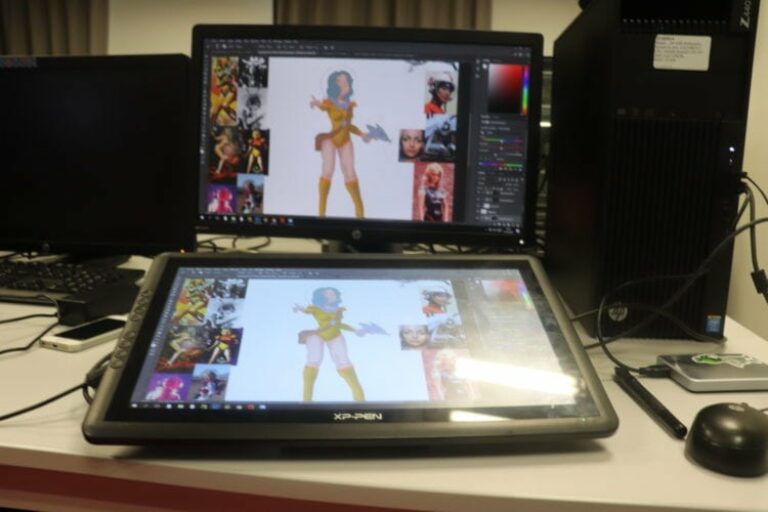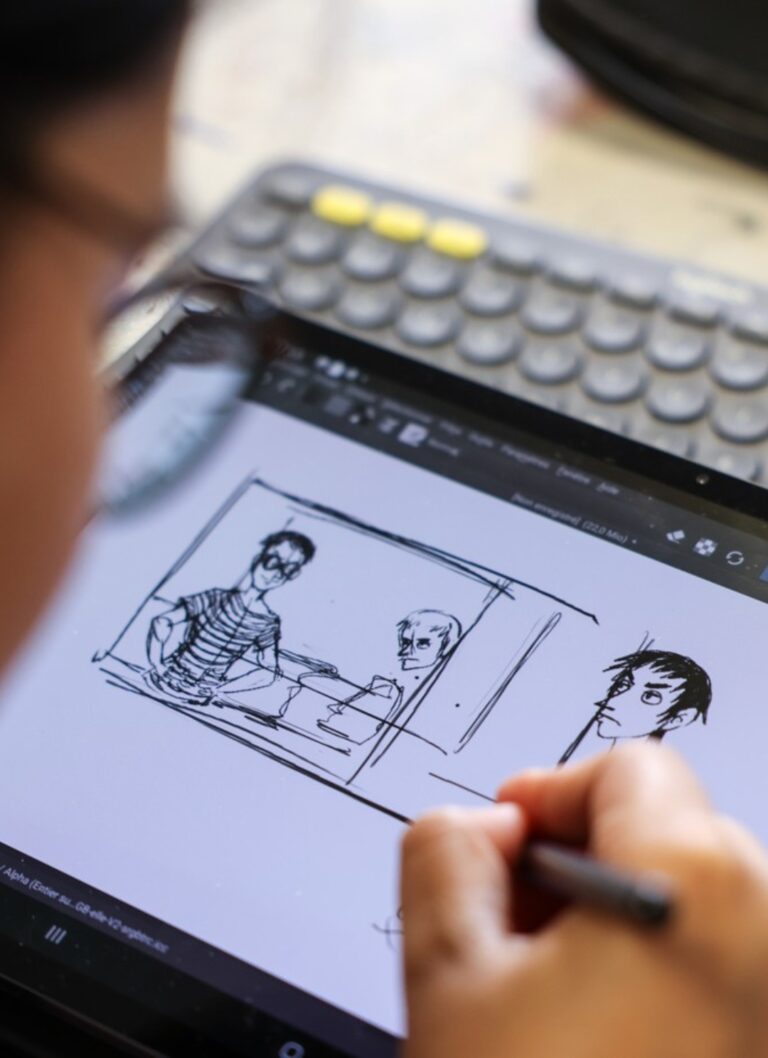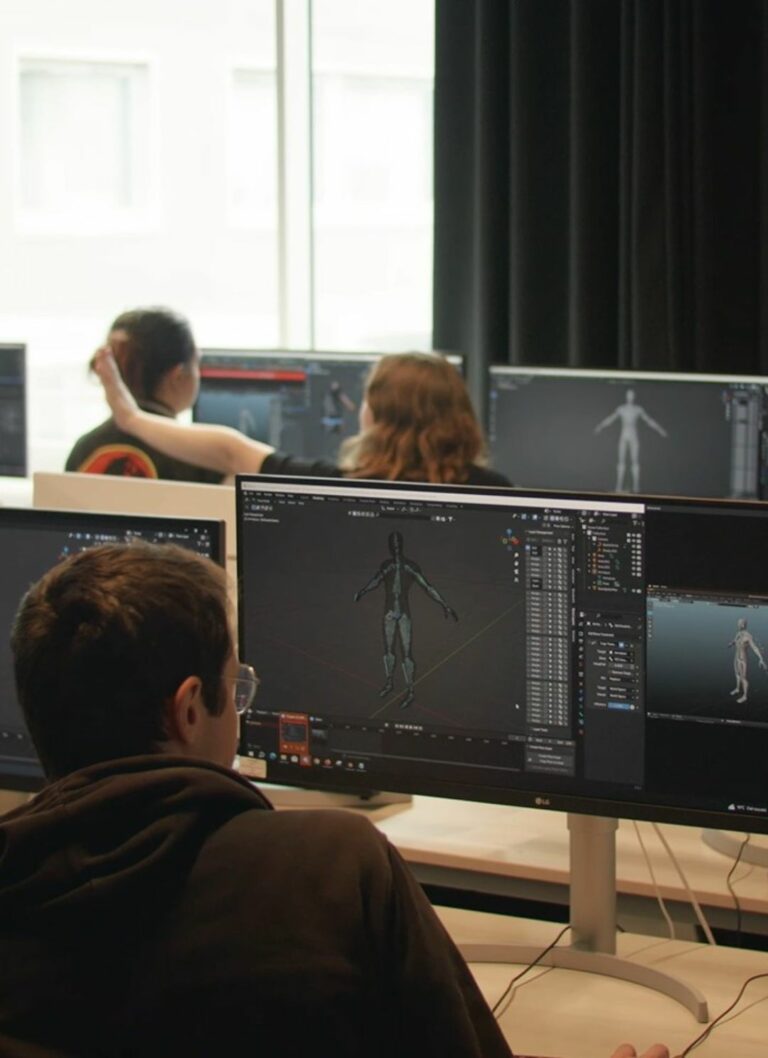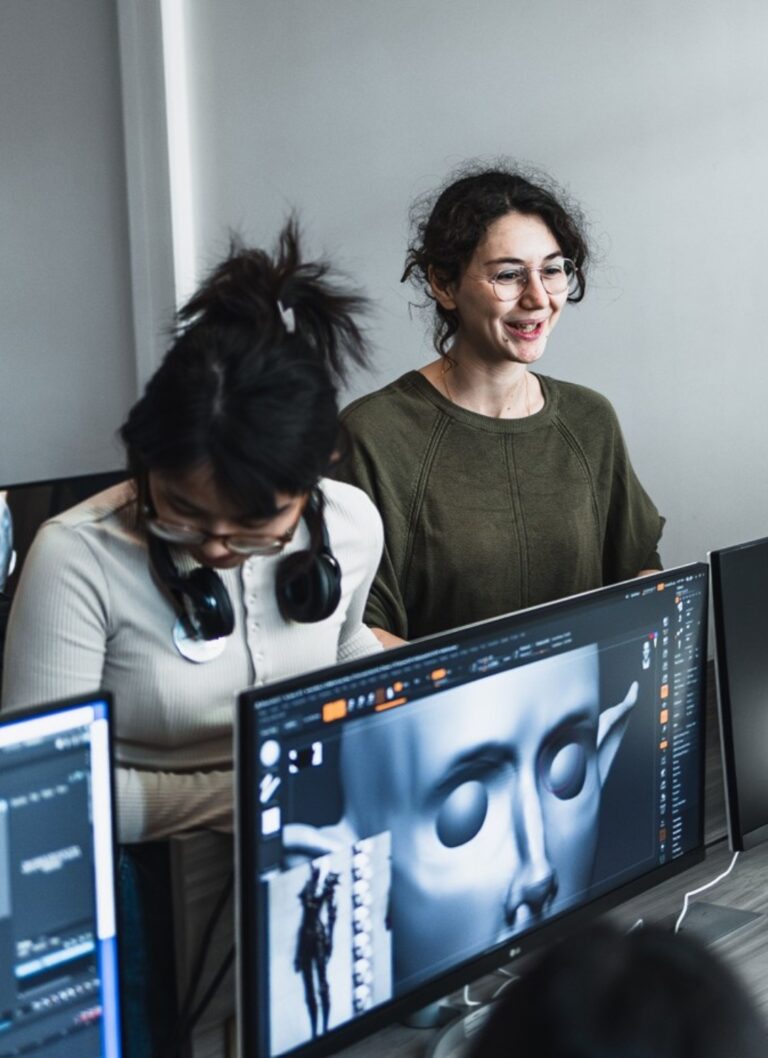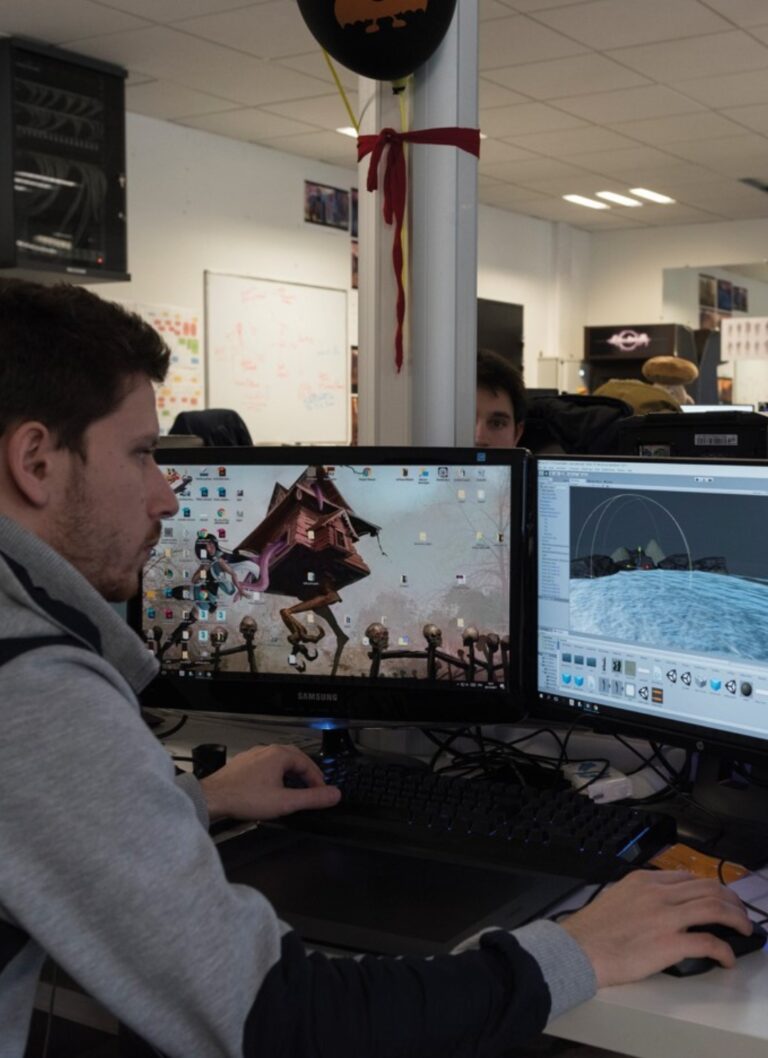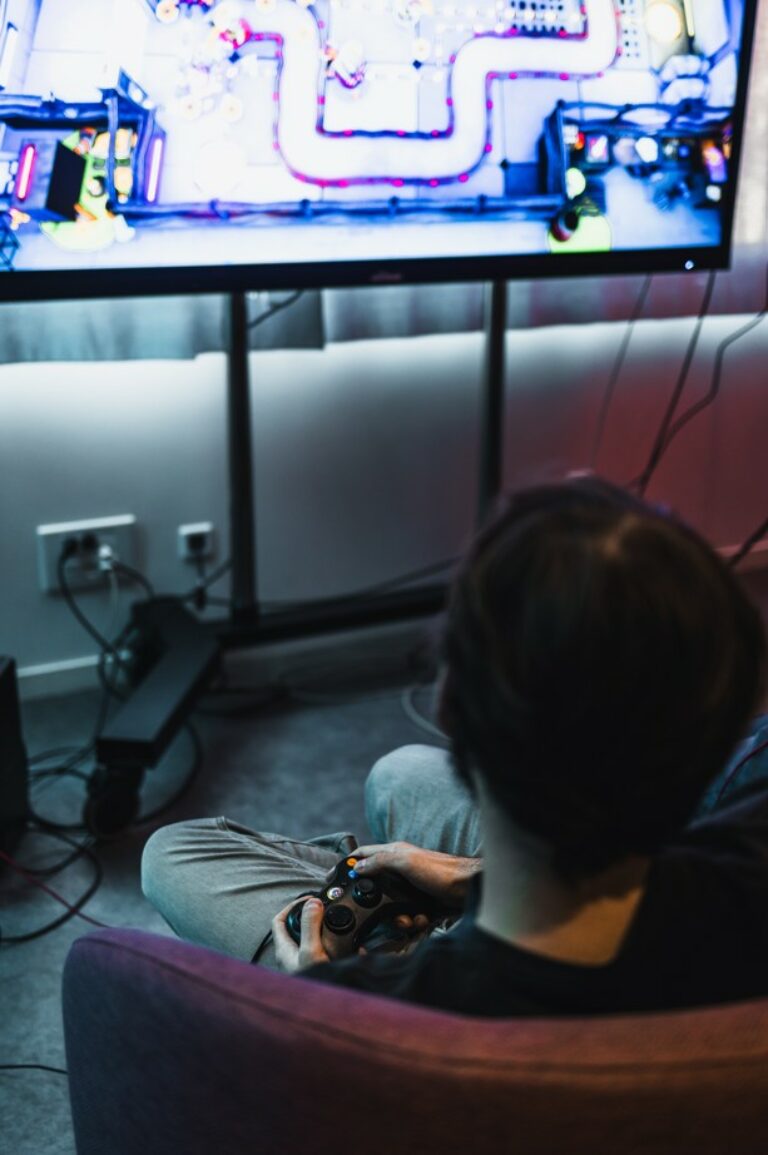
Texture artists develop textures for animation, video games, websites and television with such technical skill that they give a realistic appearance to animated characters, environments and props.
The texturing artist’s main task is to create photorealistic textures to be mapped onto the 3D objects used.
From zero to infinity with..
The texturing artist’s main task is to create photorealistic textures to be mapped onto the 3D objects used. These textures will often be created from scratch, but can also be developed from existing materials based on photographic references, painted works, reference books or apply the textures to objects and environments previously created by other members of the team. The number of textures they work with is infinite.
Depending on the project, the texturing artist can also give free rein to his or her unbridled imagination and creativity to invent and create new textures, customised textures that go far beyond what is found in nature, or at least unusual in the real world.
The diversity of textures avoids repetitive and boring contributions to the video game, film or television programme they are working on.
…a high degree of realism
Texturing artists work in close collaboration with the other members of the 3D modelling department (modeller, shader, lighting artist) and the special effects supervisors.
The ability to work as part of a team is essential, which presupposes good team spirit, a willingness to collaborate, a real ability to adapt technically and to remain calm while meeting deadlines.
In this context, a perfect knowledge of software is obviously required (Photoshop, Maya, Painter, Mudbox, ZBrush, CrazyBump, Body Paint, Deep Paint) as well as the UV mapping process.
In short, the texturing artist explores a vast creative field by working on images while maintaining a high degree of technical skill.
Texturing artists must have strong artistic skills, which they can acquire at an art school such as ESMA 3D, which will also enable them to deepen their knowledge of the creative process (modelling, lighting, shading, etc.).
Becoming a texturing artist can eventually lead to positions as a senior artist, as well as other cross-disciplinary VFX sectors.
Studios and post-production houses are always on the lookout for talented texturing artists.
Be aware that the companies you can work for vary considerably in size and nature.
A final word of advice: don’t forget to build up your portfolio, which will enable you to demonstrate all your skills to future employers.

